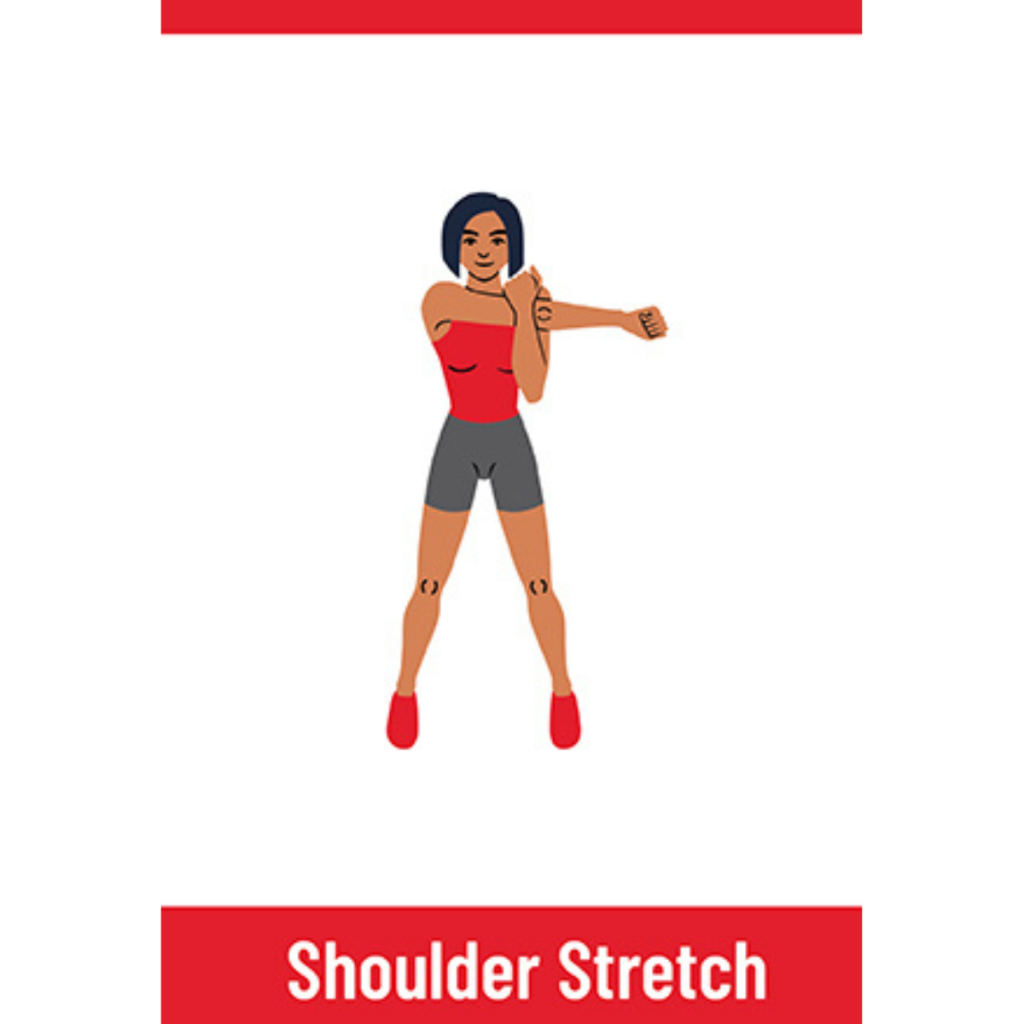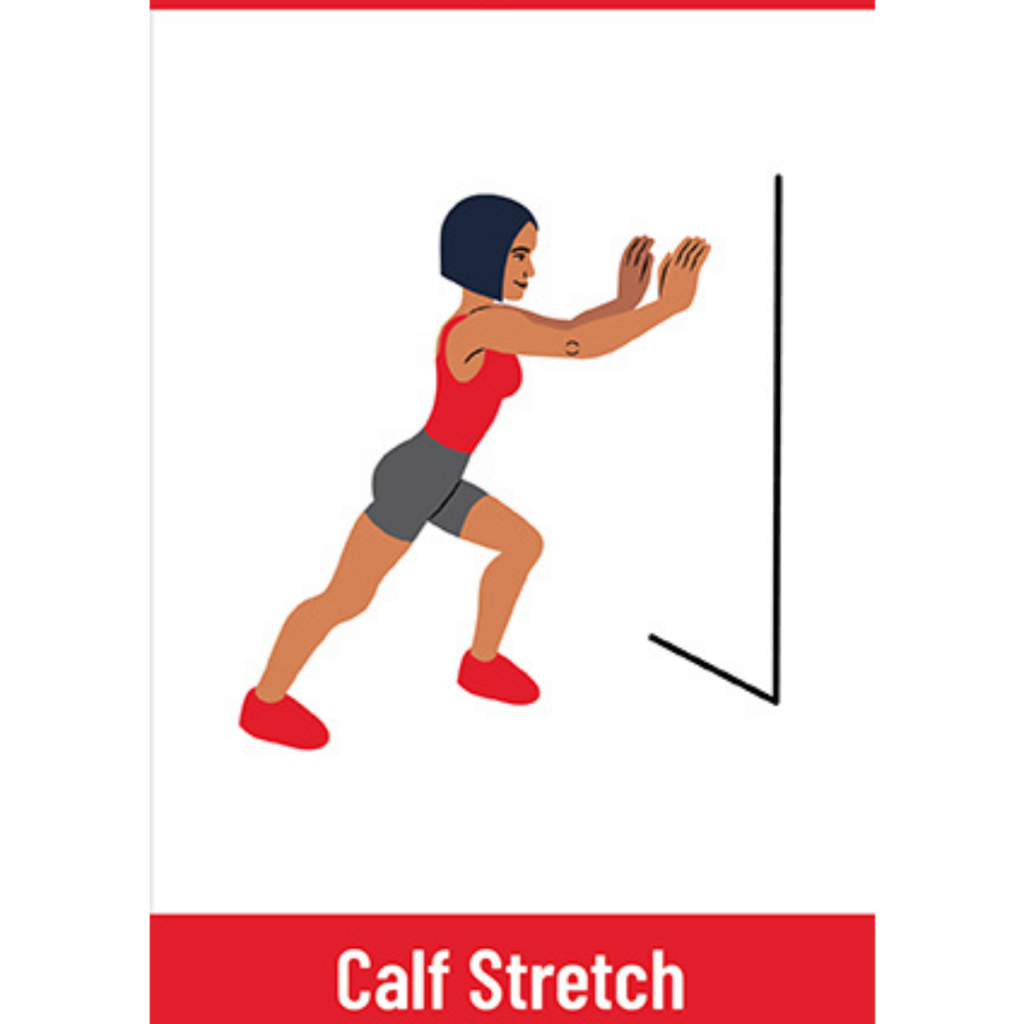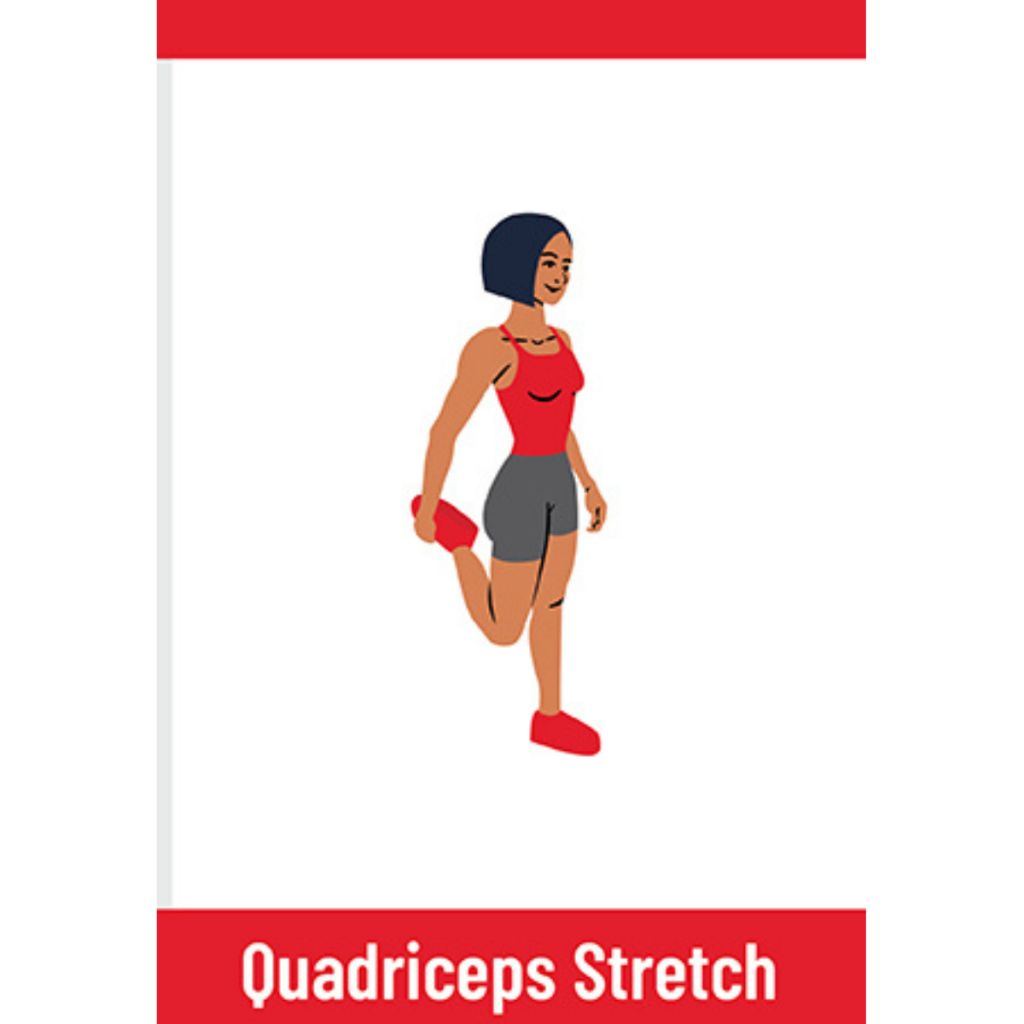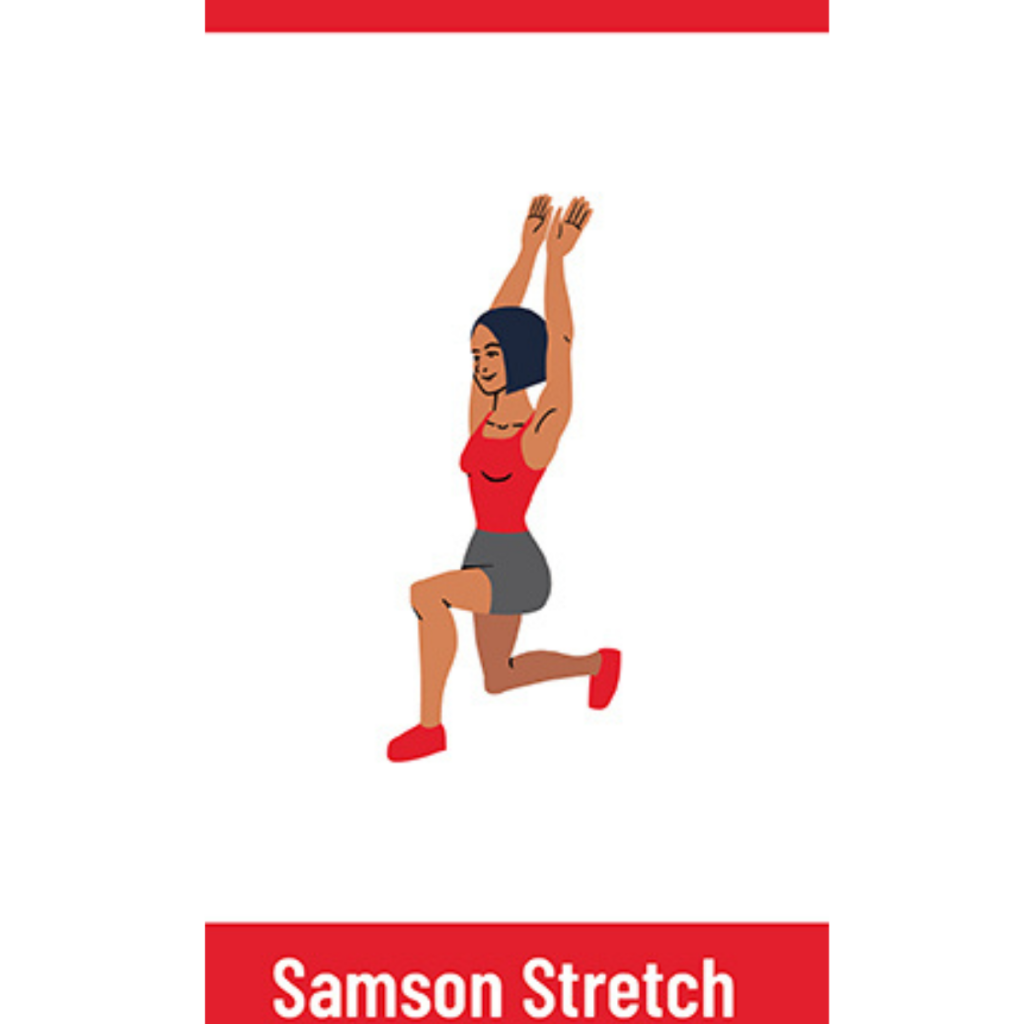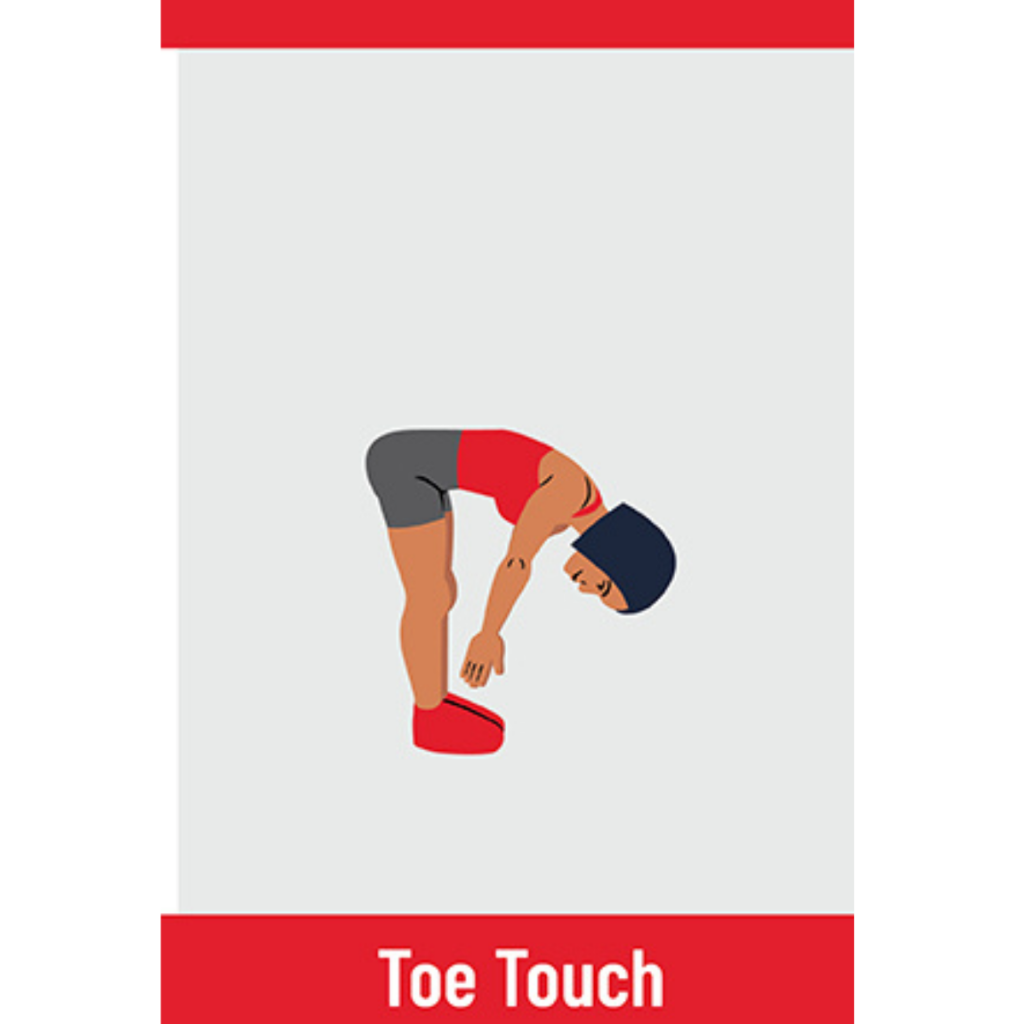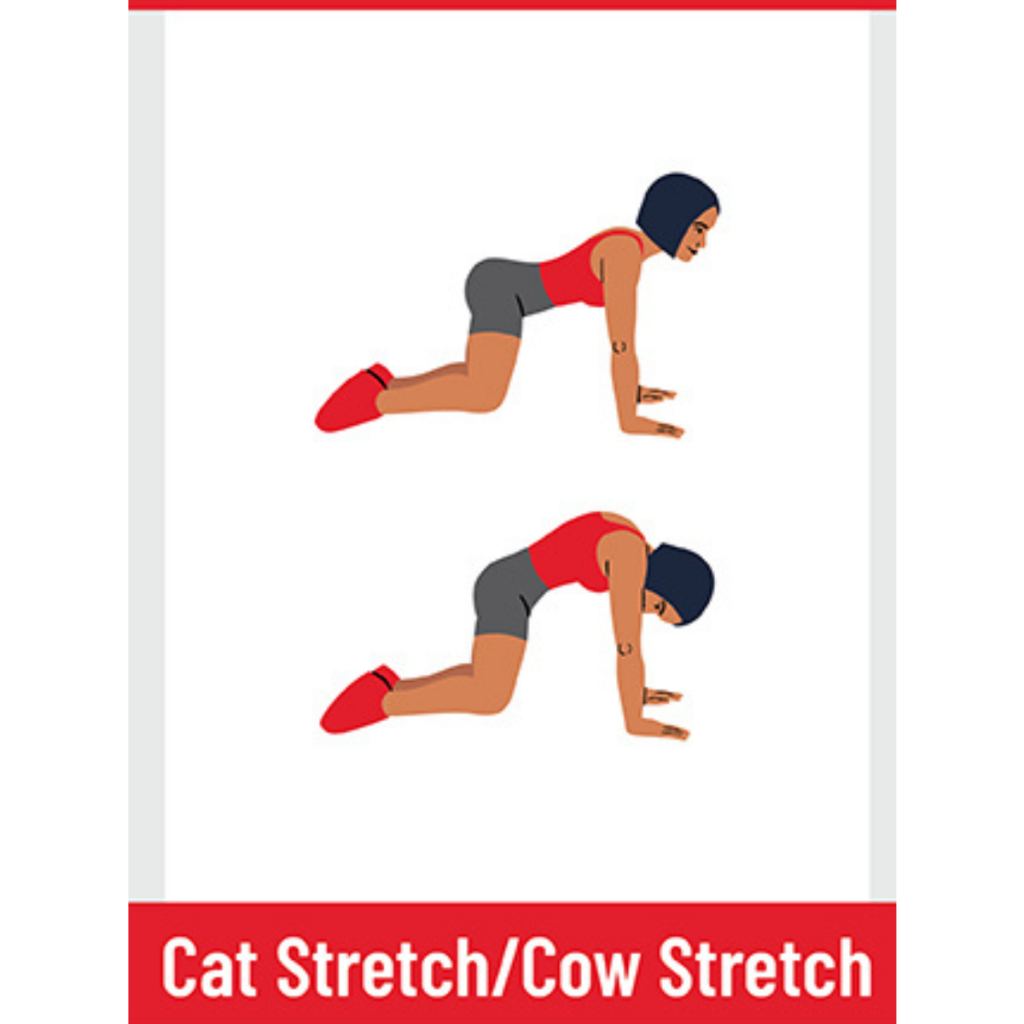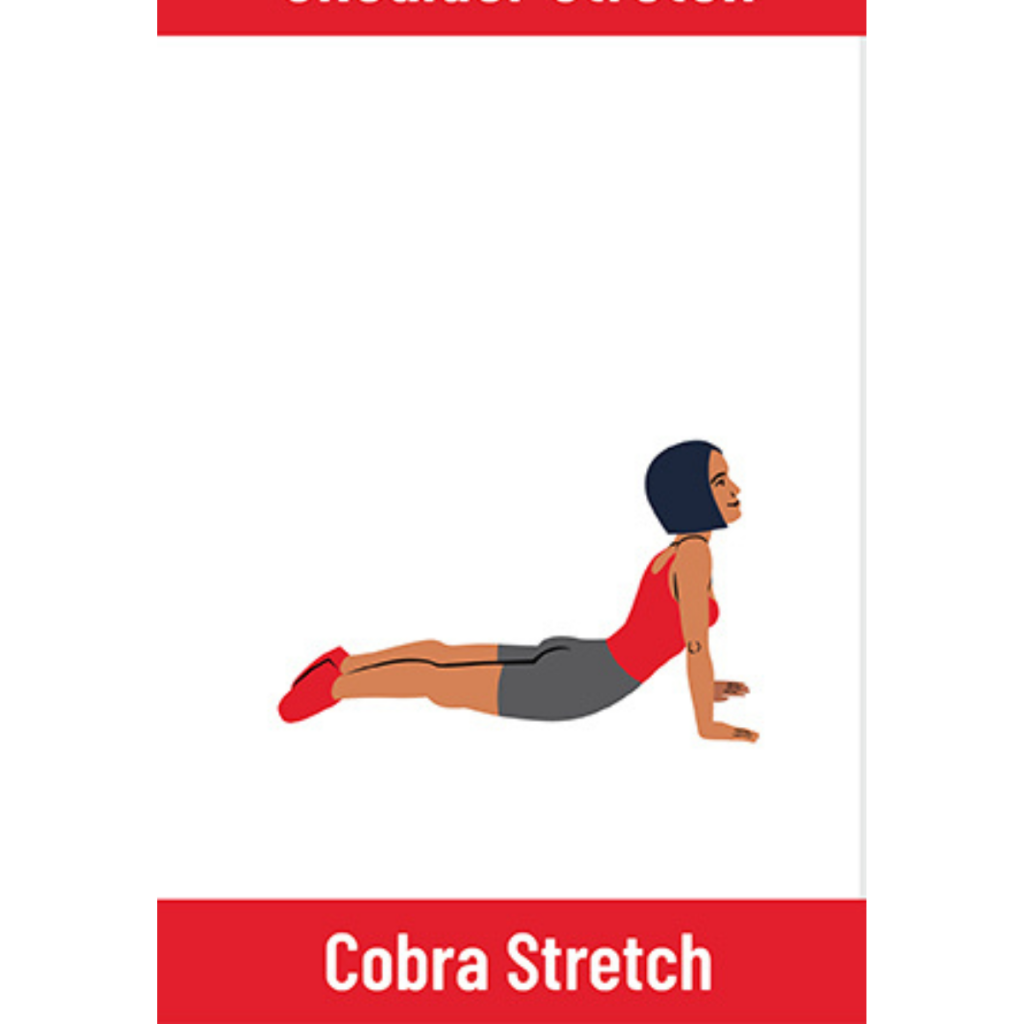It is well understood that exercise results in beneficial changes to the body that lead to improved health and fitness. However, it is also well understood that this process of "getting in shape" requires not only exercise but also adequate recovery from exercise. In other words, without proper post-exercise recovery, the benefits of exercise will be significantly reduced, if not completely negated.
There are a number of different ways to facilitate post-exercise recovery, but the most effective method will depend on the type and intensity of exercise that was performed. For example, following a strenuous weight-training session, it is generally recommended that athletes consume the best whey protein powder and carbohydrates within 30 minutes of exercise in order to jump-start the muscle recovery process. On the other hand, following a long endurance event like a marathon, it is generally recommended that athletes consume mainly carbohydrates in order to replenish glycogen stores and rehydrate the body.

Post-exercise recovery is essential for maximizing the benefits of exercise and for preventing exercise-induced injuries. Consuming the proper nutrients after exercise can help to jump-start the muscle recovery process, reduce inflammation, and prevent dehydration. Therefore, it is important to make sure that you are consuming the right foods and supplements after your workouts in order to facilitate optimal recovery.
Delayed onset muscle soreness (DOMS) is the pain and stiffness that you feel in your muscles a day or two after working out. It usually goes away on its own within a week. DOMS is caused by microscopic tears in your muscle fibers. When these tears heal, your muscles get stronger. This is why it’s important to give your body time to rest and recover after a workout.

DOMS is a normal part of the muscle-building process. However, there are things you can do to minimize the pain and discomfort. For example, you can warm up before working out, cool down afterward, and stretch regularly. You should also drink plenty of fluids and eat a balanced diet. If you’re still experiencing pain after a few days, you can try taking an over-the-counter pain reliever.
DOMS is usually worst 24 to 48 hours after working out. The pain should start to improve after that. If you’re still in a lot of pain after 72 hours, or if the pain gets worse, you should see a doctor. You might have a more serious injury, such as a muscle strain.
DOMS is different from the pain you feel during a workout. That pain is caused by lactic acid build-up in your muscles. Lactic acid is produced when your muscles use up all of the oxygen in your blood. This can happen when you’re working out at a high intensity for a long period of time.
Lactic acid is what makes your muscles feel “burn” during a strenuous workout. DOMS, on the other hand, is caused by microscopic tears in your muscle fibers. These tears are a result of the stress you put on your muscles when you work out.
Exercise is essential for optimal health, but it’s important to give your body time to recover afterward. Your muscles need time to repair and rebuild, and your nervous system needs to recover from the stress of exercise.
While there is no one-size-fits-all approach to post-exercise recovery, there are certain nutrients that are generally considered to be beneficial for this process.
Sleep is very important for recovery. When you sleep, your body releases hormones that help to repair your muscles and tissues. Sleep is when your body repairs and rebuilds muscle tissue. Aim for 7-8 hours of sleep each night to give your body the rest it needs.
Within 30 minutes of finishing your workout, eat a meal or drink a shake that contains both protein and carbohydrates. This will help your muscles repair and rebuild.
Exposure to cold helps reduce inflammation and speed up recovery. Spend 5-10 minutes in a cold shower or ice bath after your workout.
Compression clothing helps reduce swelling and speeds up recovery. Wear compression socks or tights during and after your workout.
If you experience pain in your muscles before a workout, try using a foam roller to massage the area. This will help increase blood flow and reduce pain. Foam rolling helps release tension in your muscles and improve blood flow. Roll each muscle group for 1-2 minutes before and after your workout.
There are a few supplements that can help with recovery, including protein powder, branched-chain amino acids (BCAAs), and creatine. These amino acids help to reduce tiredness and soreness by reducing muscular fatigue. Creatine helps to reduce the risk of injury by reducing inflammation.
Creatine is a molecule that’s found naturally in your muscles. It helps your muscles produce energy, and it can also help with recovery after exercise. Creatine supplements can help you build muscle and improve strength.
The creatine in this supplement can aid in the improvement of your stamina, strength, and recovery. It can also help reduce muscle soreness after exercise. Creatine is a naturally occurring compound that is found in meat and fish. It is also available in supplement form.
Static stretches help improve flexibility and range of motion. Do static stretches for each muscle group after your workout. Stretching is still important after a workout as a post-workout recovery method, but it is not required.
By following these tips, you can help your body recover from exercise more quickly and get back to your regular routine. Sleep, nutrition, and cold exposure are all important factors in recovery. Use compression clothing and foam rolling to help reduce swelling and speed up the repair process.







